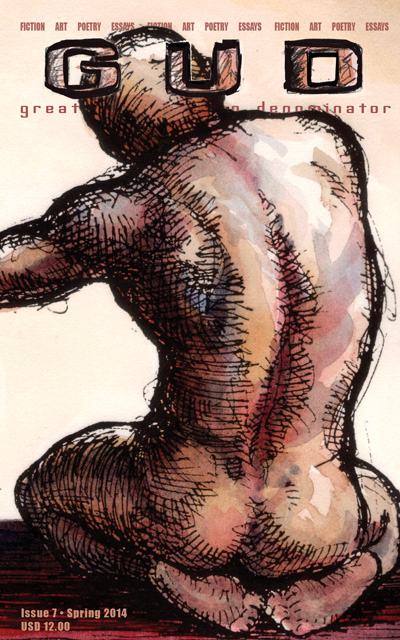Categories, Genres, and Labels, Oh My....
by Eve Sweetser
Literary categories are strange beasts, to put things mildly. It would be quite depressing to seriously consider the number of trees killed, and the quantity of ink chemicals dispersed, in order to publish writings on topics such as "What was really the first novel" or "What Romanticism [or Modernism, or...] really is." The authors of such writings normally seem to proceed by (1) presenting their new and different definition of the category in question (the Novel, modernism) and then (2) showing that--Surprise!--with this new definition, there's a new answer to the question of whether some crucial work is modernist, or a Novel.
Explanations of what makes their definition more profitable than others seem to be optional, but, even if they are present, they don't change the basic circularity of this kind of argument. (How can you "disprove" someone else's claim that X is a modernist work when you admit that you're not using the same definition?) But the oddest part of these debates is that they continue as if the participants are sure there is a yes-or-no answer to such categorization questions. They never seem to stop and wonder whether the problem lies in the fact that some entities may not fit the repertoire of standard categories very well.
...
Purchase the issue to read more of this piece and others
Or buy the rest of just this piece for $0.50!
"Categories, Genres, and Labels, Oh My...." is roughly 7069 words.
Eve Sweetser lives in Berkeley, and teaches in the Linguistics Department, the Cognitive Science Program, and the Celtic Studies Program at UC-Berkeley. She's interested in metaphor, categories, frames, language-accompanying gesture, and the meanings of words and grammatical constructions--also medieval Welsh poetry and Breton satirical novels. She's looking, among other things, for ways to connect understandings of culture, cognition, and language with understandings of literary style. Her major hope for this project lies in the younger generation, whose categories are less entrenched.

 While I found the cover off-putting for a handful of reasons, once inside I was caught in the flow of the narrative. Roberts realizes her players well, showing multiple sides to mythic characters, and the details she puts into this historical re-imagining of "The Epic of Gilgamesh" really bring the story to life.
While I found the cover off-putting for a handful of reasons, once inside I was caught in the flow of the narrative. Roberts realizes her players well, showing multiple sides to mythic characters, and the details she puts into this historical re-imagining of "The Epic of Gilgamesh" really bring the story to life.
